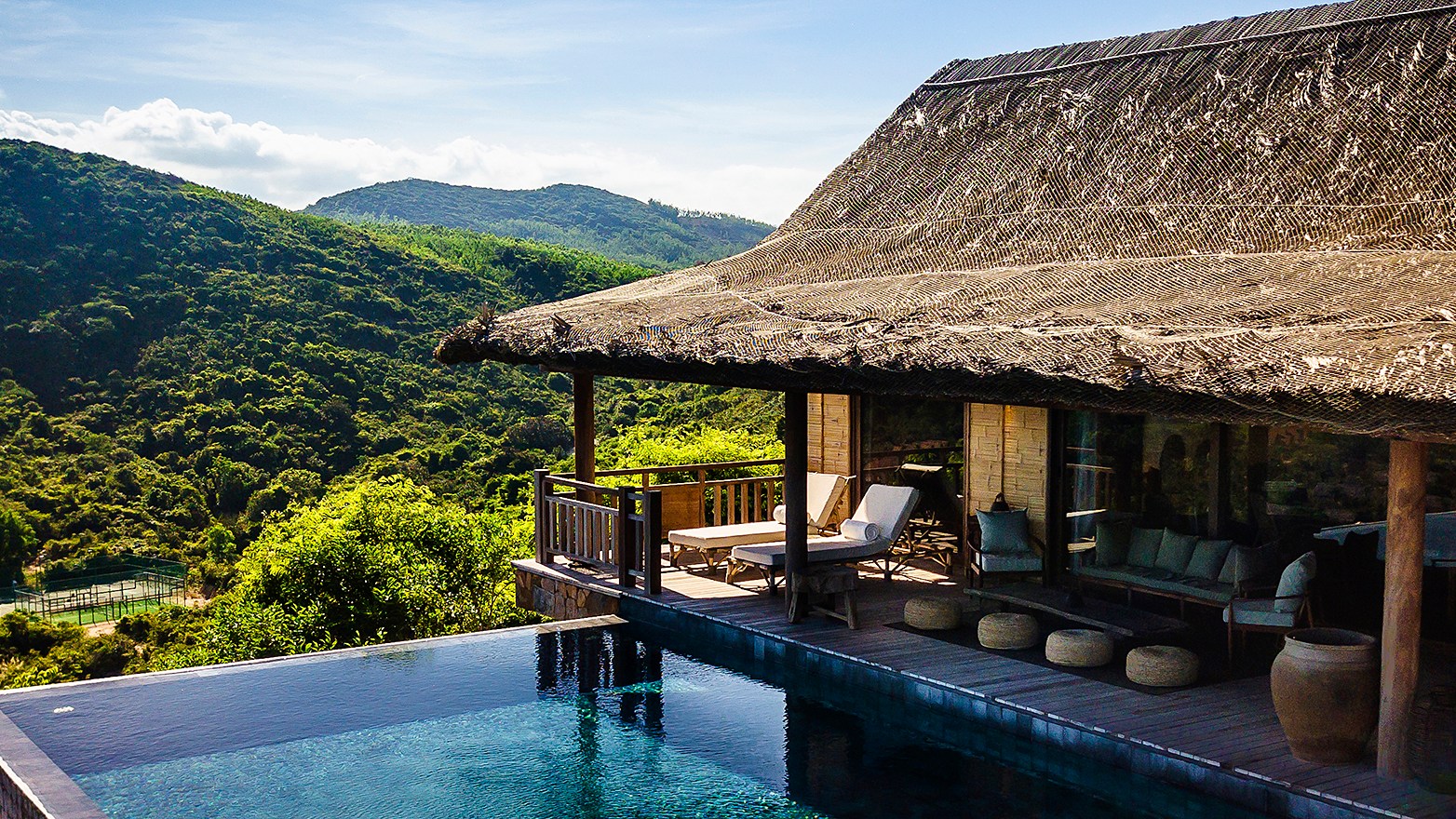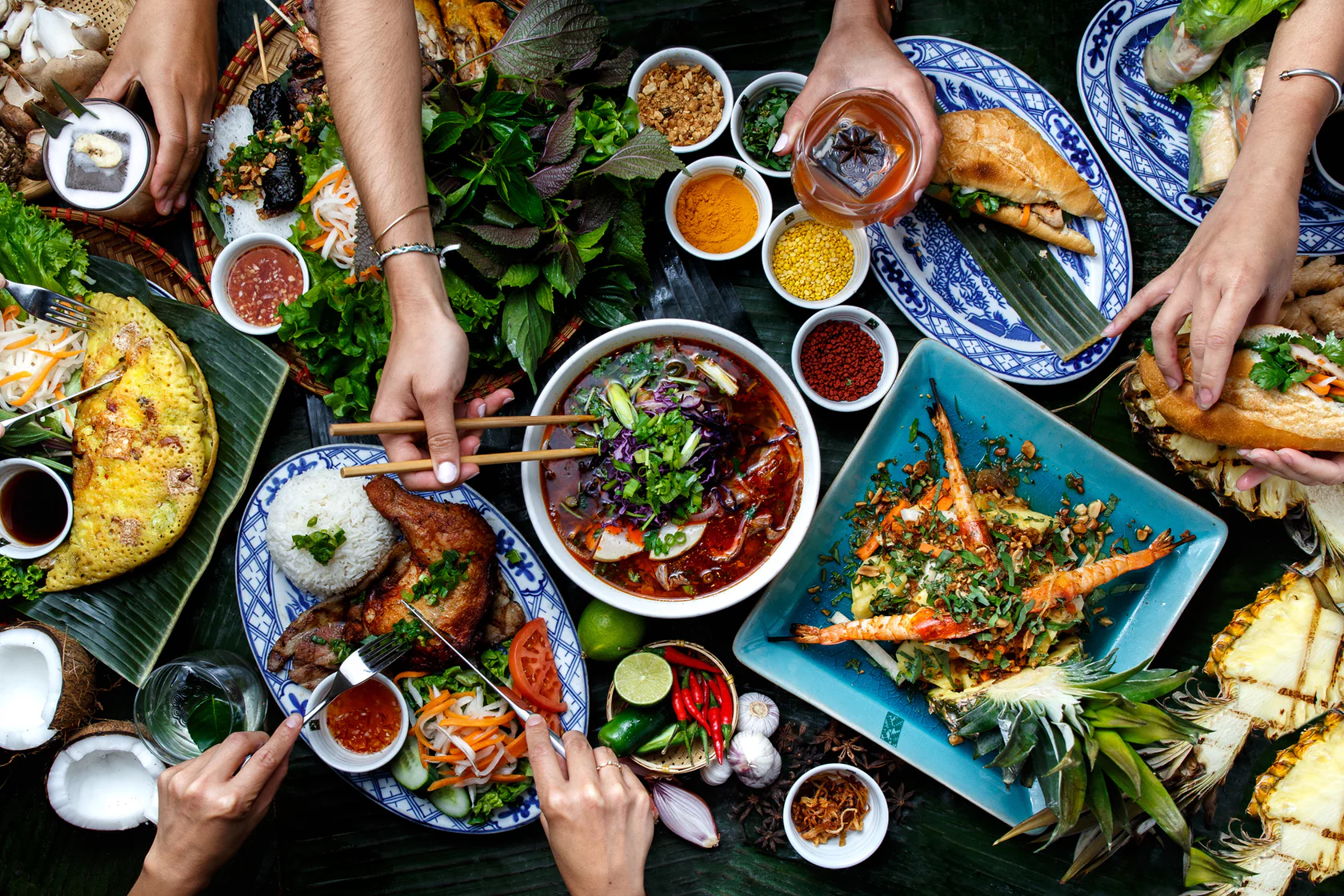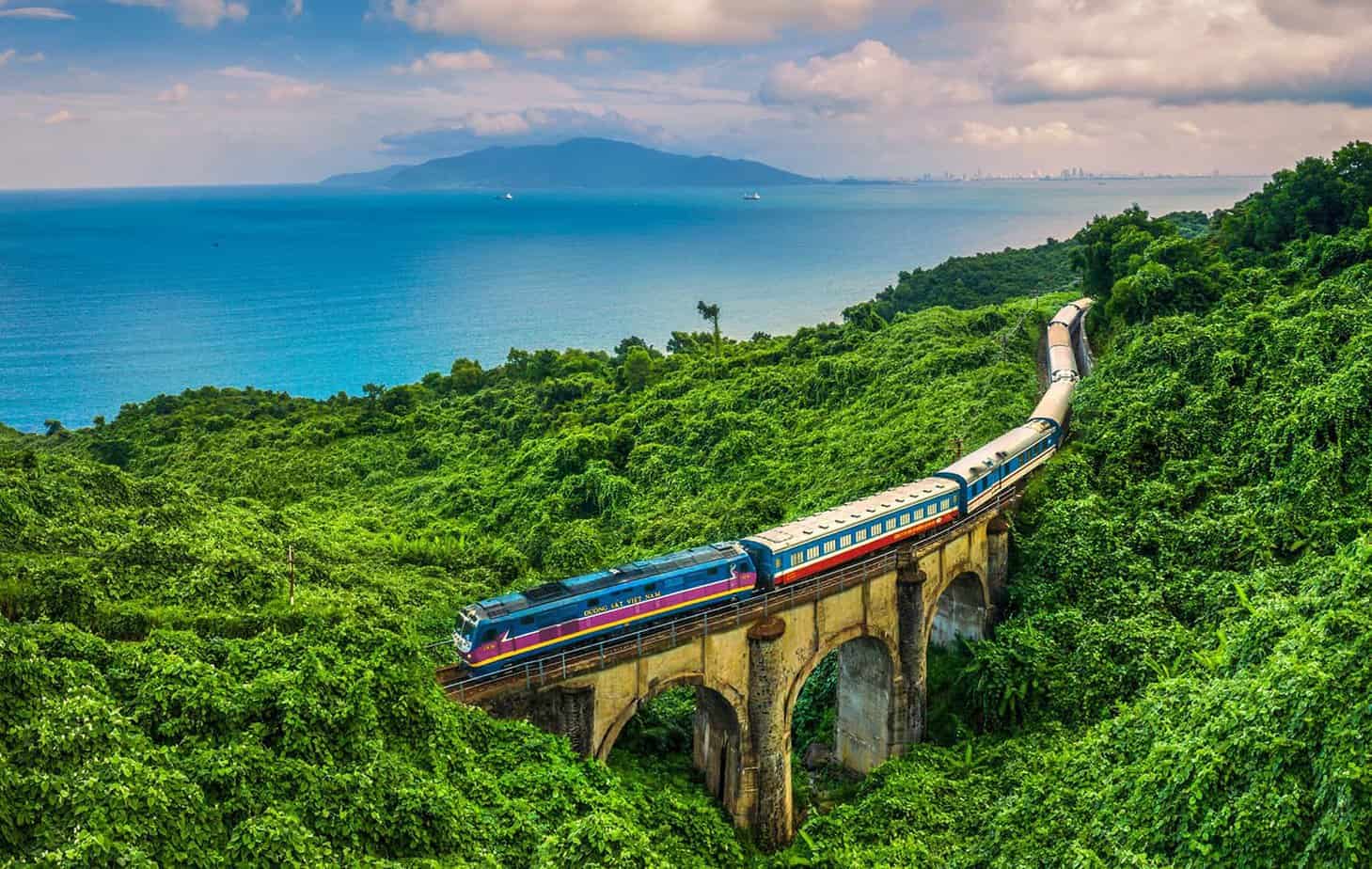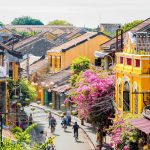Planning your Vietnam trip cost can be the key to a smooth and unforgettable journey. From stunning beaches to ancient towns and vibrant street food scenes, Vietnam offers incredible value for every kind of traveler. Whether you’re backpacking across the country or indulging in a luxurious escape, this guide helps you estimate your expenses, plan your Vietnam trip budget, and make the most of your holiday.


Is Vietnam Cheap or Expensive to Visit?
When compared to most European destinations, Vietnam is remarkably affordable — yet it doesn’t mean you’ll have to compromise on quality. For the same amount you’d spend on a few nights in Paris or Rome, you could enjoy a full week of boutique hotels, local experiences, and delicious meals in Vietnam.
The country’s rich culture, warm hospitality, and exceptional value make it a favorite among travelers seeking both authenticity and comfort. With a well-planned Vietnam trip budget, even luxury travel here feels surprisingly accessible and deeply rewarding.
Average Cost of a Vietnam Trip
Vietnam is flexible — it welcomes both the budget-savvy traveler and the comfort seeker. On average:
- Backpackers: $35–$60 per day (shared rooms, local meals, public transport)
- Mid-range travelers: $80–$150 per day (3–4-star hotels, private transfers, guided tours)
- Luxury travelers: $250+ per day (boutique resorts, private cruises, fine dining, exclusive guides)
Your total cost depends on how you want to experience the country — slow and simple, or stylish and seamless.
Now, let’s break it down and see where your money really goes during a trip to Vietnam. From where you sleep to how you move, each choice shapes the kind of adventure you’ll have.
1. Accommodation: Where You Stay Shapes the Whole Journey
Your choice of stay can transform how you experience Vietnam.
From cozy homestays tucked in mountain villages to elegant beachfront resorts in Da Nang, Vietnam offers a place for every style and budget.
If you’re on a budget, clean and comfortable guesthouses are easy to find — often for less than $20 a night. Mid-range hotels (around $60–$120) offer great comfort with local charm, while luxury travelers can enjoy stunning resorts or heritage hotels with personalized service, usually from $200 and up.
Tip: Staying in locally owned boutique hotels often gives you more than comfort — it connects you with local culture and hospitality.

2. Food & Drinks: Eating Is Half the Adventure
Eating is half the adventure in Vietnam — and it’s one you’ll never forget. When calculating your Vietnam trip cost, food will likely be one of the most enjoyable (and affordable) parts of your budget.
Whether you’re slurping pho on a bustling street corner, sipping egg coffee in a hidden Hanoi café, or savoring a candlelit seafood dinner by the river, food in Vietnam is both delicious and wallet-friendly.

Street food meals cost just $1–$3, local restaurants average around $5–$10, while fine dining experiences in major cities may reach $30–$80 per person — still a great deal compared to Europe or other Asian destinations. Even upscale dining in Vietnam often delivers exceptional quality for the price.
Tip: Don’t be afraid to follow the locals — if a place is crowded, it’s probably amazing and authentic.
3. Transportation: Easy, Flexible, and Scenic
Getting around Vietnam is part of the fun — it’s easy, varied, and full of scenic moments. Transportation makes up a reasonable part of your Vietnam travel cost, but it can be managed smartly depending on your comfort level.
You can hop between cities by flight (Hanoi–Ho Chi Minh City from $40–$70 one way), or take the train along the coastline for a slower, more immersive experience. Inside cities, Grab, Vietnam’s ride-hailing app, makes booking taxis and motorbikes simple and affordable.
If you’re exploring rural regions or hidden destinations, private transfers or guided tours ensure safety, comfort, and flexibility — ideal for couples or families.
Tip: Combine different transport modes — like a scenic overnight train, a short flight, and a private car — for both comfort and local experience.
4. Sightseeing & Activities: From Culture to Adventure
Vietnam offers a mix of culture, history, and adventure — often at very reasonable prices.
Entrance fees to heritage sites or temples range from $1–$10. Guided day tours (Halong Bay cruise, Cu Chi Tunnels, Mekong Delta, etc.) cost around $40–$100 depending on comfort level.
Luxury experiences like private photography walks in Hoi An, wellness retreats, or sunset cruises range from $150–$300, but they deliver once-in-a-lifetime memories.
Tip: Invest in experiences, not souvenirs — the stories you take home are priceless.
If you love flexibility, our team can craft a route that perfectly fits your schedule and comfort level. Customize your trip based on your needs and enjoy seamless travel across Vietnam with local expertise and personalized service.

5. Visa, Insurance & Miscellaneous Costs
A single-entry Vietnam e-visa costs around $25 and can be applied online.
Travel insurance varies but typically ranges from $40–$100 depending on your trip length. SIM cards with 4G data are cheap and reliable (around $5–$10).
Tip: Always keep some cash handy — while digital payment is growing, small shops and local eateries often prefer cash.
How to Plan Your Vietnam Trip Budget
When planning, think of your trip in layers:
- Flights: $700–$1,200 (Europe to Vietnam roundtrip)
- Accommodation: $20–$250 per night
- Food: $10–$50 per day
- Transport: $5–$100 per day
- Activities: $30–$100 per day
A comfortable 2-week Vietnam trip for two usually ranges between $2,000–$6,000, depending on your travel style and level of comfort.
Final Thoughts: Vietnam Is Worth Every Penny

Vietnam offers an unforgettable blend of beauty, culture, and hospitality — and the best part is, it’s accessible for every budget. From street-side noodles to boutique stays and sunset cruises, your Vietnam trip cost can be as simple or as indulgent as you wish.
Ready to design your personalized Vietnam journey? Build your own trip here.


